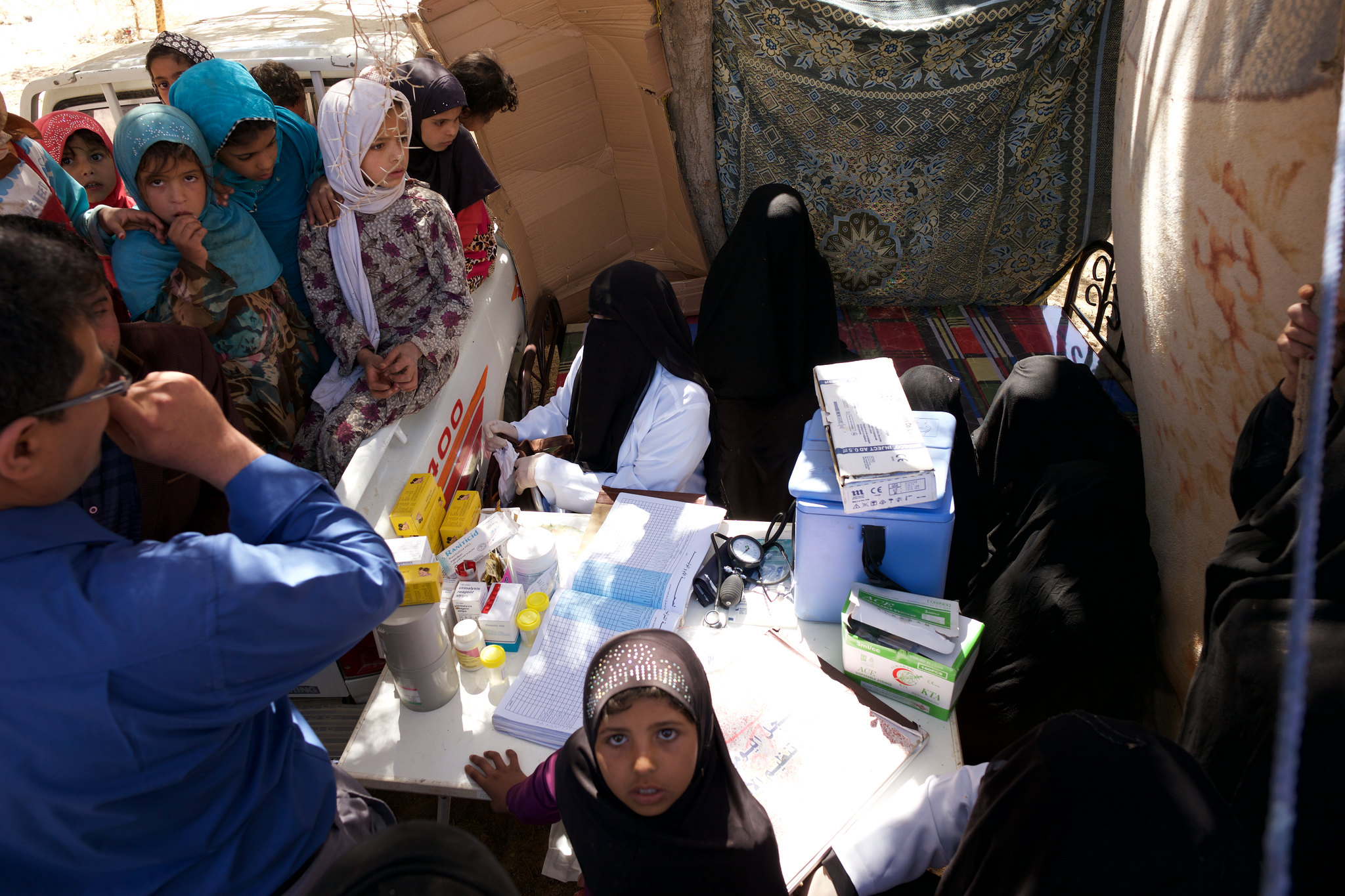4 Facts About Healthcare in Yemen
 Many consider Yemen, a country located in the Middle East, to currently be undergoing the worst humanitarian disaster in the present time. Before the start of the war, which broke out in 2015, Yemen was already struggling to control the health crises that were plaguing the country. Violence and other aspects of war resulted in an emergence of even greater needs for healthcare in Yemen. An estimated 100,000 Yemeni people died due to war violence alone. Conflict and war have killed 100,00 people in Yemen while “indirect causes such as starvation and disease” have resulted in the deaths of an additional 131,000. Here are four facts about healthcare in Yemen.
Many consider Yemen, a country located in the Middle East, to currently be undergoing the worst humanitarian disaster in the present time. Before the start of the war, which broke out in 2015, Yemen was already struggling to control the health crises that were plaguing the country. Violence and other aspects of war resulted in an emergence of even greater needs for healthcare in Yemen. An estimated 100,000 Yemeni people died due to war violence alone. Conflict and war have killed 100,00 people in Yemen while “indirect causes such as starvation and disease” have resulted in the deaths of an additional 131,000. Here are four facts about healthcare in Yemen.
4 Facts About Healthcare in Yemen
- Civil War: Yemen’s healthcare system was already in a fragile state before the civil war and ultimately collapsed as a result of the war. The collapse of the healthcare system left the country in a state of desperation for humanitarian aid. There are an estimated 24 million people out of a population of 29 million that are in need of some sort of medical aid. Another 14.4 million people are in an acute need for aid. The failed system resulted in a major decline in the number of operable facilities for healthcare in Yemen, with less than half of the previously functioning facilities still operating. This, in combination with extensive damage to the country’s infrastructure, has left 80% of the Yemen population without sufficient access to healthcare services.
- Malnourishment: Yemen’s already existing struggle to fight malnourishment became an even greater challenge due to the war, which has worsened the food insecurity crisis. About 56% of Yemen’s population is currently experiencing crisis-level food insecurity. Thus, malnourishment is one of the biggest health issues plaguing the country, creating an even greater need for access to healthcare in Yemen. Children are by far the most vulnerable to suffering from malnourishment. In fact, 2 million Yemeni children, all less than 5 years old, suffer from acute malnourishment.
- Disease: In 2017, Yemen experienced the largest cholera outbreak in recent history. Cholera is a bacterial infection that emerges from people ingesting water or food that the feces of an infected person has contaminated. The spread of this disease occurs more rapidly in areas without access to adequate sewage systems and sources of clean drinking water. Since 18 million people in Yemen are unable to access clean water and sanitization services, they face an increased vulnerability to contracting and spreading cholera. As a result of this heightened risk, reports estimated that there were one million cases of the disease in the country in 2017 alone. An additional estimated 991,000 cases occurred between January 2018 and September 2019. The lack of access to healthcare in Yemen further exacerbated the outbreak, resulting in thousands of deaths, despite cholera being an infection that is easy to treat. On top of the cholera outbreak, the COVID-19 pandemic has become another threat to healthcare in Yemen with a reported 260 cases and 54 deaths.
- Outreach: Due to the government’s inability to support the system, healthcare in Yemen relies on outside aid. The International Organization for Migration is working to reopen and restore 86 healthcare facilities people initially deemed inoperable. The IOM also manages “nine mobile health teams” to provide healthcare to those unable to get to operable facilities, with four of those teams providing emergency health services to migrants arriving on the coast of Yemen. Another organization, The International Committee of the Red Cross, provided medical facilities with medication and emergency supplies, resulting in medical relief of 500,000 people in the first half of 2018 alone. The International Medical Corps is another organization contributing to aid by providing health professionals with training and supplies, in addition to supporting 56 health centers across Yemen. Through that support, the organization provides adequate outpatient care to malnourished children, in addition to mental health services such as counseling. In response to the COVID-19 pandemic and already at-risk population, the Yemen Humanitarian Response Plan received an extension from June to December 2020. The U.N. and its partners are seeking $2.41 billion solely for fighting COVID-19 while continuing to provide aid for those that the country’s ongoing humanitarian emergency has affected.
Despite barriers to outreach, such as inadequate funding, there is an ongoing effort to stabilize and improve the state of healthcare in Yemen amid the violence of civil war. Efforts by the United Nations and numerous other humanitarian organizations are occurring to combat health issues related to circumstances of war, malnutrition and disease, while also providing Yemeni people with tools and training to treat and prevent further health complications.
– Emily Butler
Photo: Flickr
